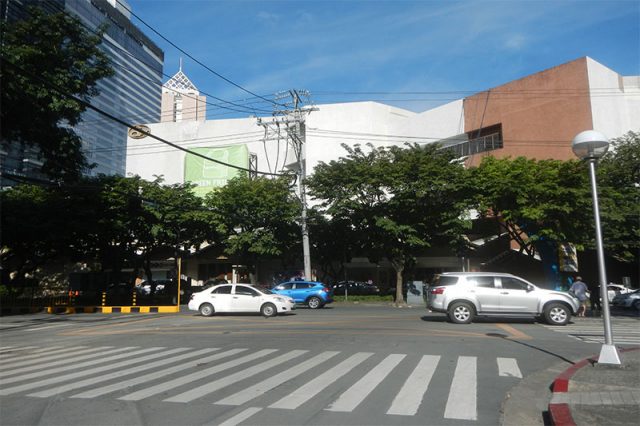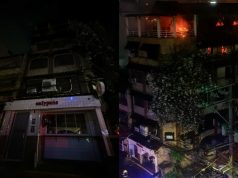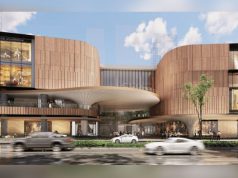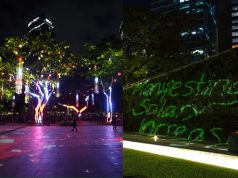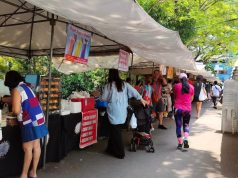The National Commission for Cultural and the Arts (NCCA) reported that there is a current petition to remove the “important cultural property” status of a mall in Makati City.
Greenbelt 1, which is considered one of the oldest shopping centers in Manila, has the status “Presumed Important Cultural Property” status, according to the NCCA.
Its structure was designed by National Artist for Architecture Leandro Locsin.
NCCA announced that the Ayala Land Inc. filed a petition to remove this label from the property.
This “notice to the public” was posted on NCCA’s social media accounts.
NOTICE TO THE PUBLIC: Notice is hereby served that Ayala Land, Inc. has filed a Petition to Remove the Presumption as Important Cultural Property of Greenbelt 1, a work of National Artist Leandro V. Locsin, located at Paseo De Roxas Avenue corner Legaspi Street, Makati City. pic.twitter.com/VHE03G99o9
— NCCA PH (@NCCAOfficial) July 26, 2023
The cultural agency also encouraged any individual or entity to send support or opposition to this petition to the Declaration and Public Heritage Section of the Cultural Properties Protection and Regulation Division via email at [email protected].
The deadline for submission is on August 15 at 11:59 p.m.
This development came after the Philippine Daily Inquirer’s Bizz Buzz reported that Greenbelt 1 will be closed down next year.
A ranking official from ALI reportedly told the publication that the mall “will be torn down by the first half of next year to make way for a new property development.”
The report further stated that tenants were advised to relocate before the due date—the first semester of 2024.
Also READ: ‘About time’: How Greenbelt 1 patrons reacted to reports of mall closure
No official announcement about this closure has been released to the public so far.
NCCA, meanwhile, attached the link to the digital copy of the petition and other related documents on its post.
ALI listed the following grounds to remove the mall building as an ICP:
- Greenbelt 1 does not qualify as a ‘property with exceptional cultural, artistic, and historical significance in the Philippines’ under both the Republic Act (RA) No. 10066 and its Implementing Rules and Regulations
- Because of the changes and renovations made by the owner prior to the effectivity of RA 10066, the current state of Greenbelt 1 is already not consistent with Locsin’s original vision of the building and signature architectural style found in his most celebrated creations; and
- Greenbelt 1 is primarily a commercial establishment and is better suited to house a brand-new comprehensive, well-thought-out mixed-used development that can be of service to a much larger population and, at the same time, provide much-needed employment – one that is entirely aesthetically consistent and coherent with Makati Central Business District’s (CBD) urban architectural plan and design.
Republic Act 10066 is also known as the National Cultural Heritage Act of 2009. This law seeks to protect, preserve, conserve, and promote the country’s cultural heritage. It also protects the welfare of cultural workers and their profession.
Quick Greenbelt history
According to the ALI, Greenbelt 1 was previously called Greenbelt Square. It was constructed in 1982 by the architectural firm of Locsin.
The mall, however, underwent several renovations and adjustments over the years.
ALI stated that it was during the development of “The Ayala Center” in the 1990s when Locsin’s work underwent major alterations, thus nearly replacing the national artist’s original design.
Here is a photo of Greenbelt Square’s façade, which is Locsin’s work, before the major changes.
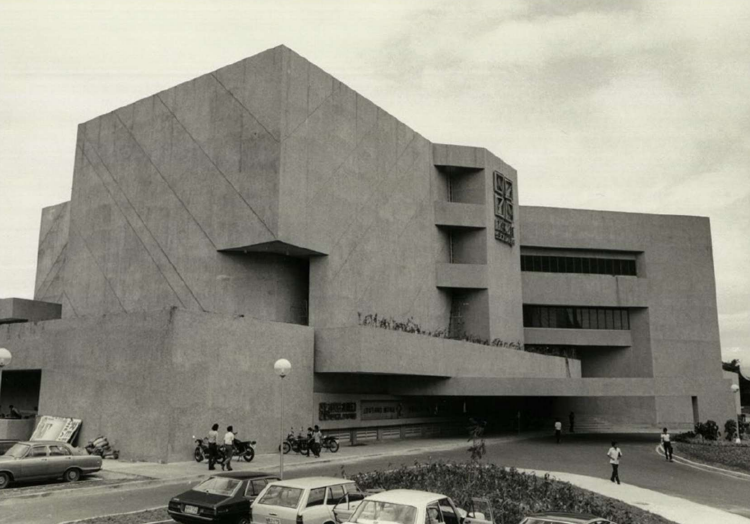
A ‘presumed’ cultural property
The National Cultural Heritage Act also established the Philippine Registry of Cultural Property (PRECUP).
The PRECUP is “the central repository of all information pertaining to cultural properties in the Philippines deemed significant to our cultural heritage.”
According to the PRECUP’s official website, a property or a material is a “presumed important cultural property” when it “still possesses the characteristic of an Important Cultural Property.”
PRECUP’s office also maintains a database called Talapamana. It can be accessed on NCCA’s website: About PRECUP (ncca.gov.ph).

